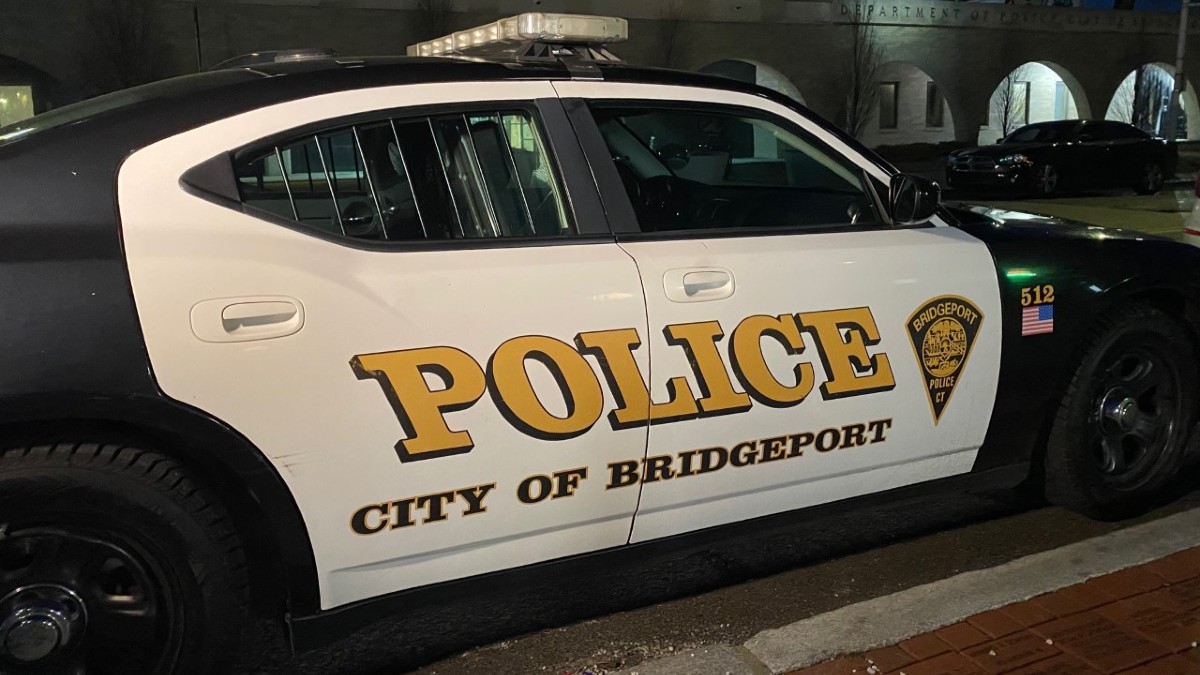AI is analyzing data gathered over 30 years to predict future deterioration patterns for more than 5,000 bridges in Connecticut.
Artificial Intelligence is playing an increasingly bigger role in our daily lives. Now it is being put to use to inspect our state’s bridges.
It’s through a collaboration between the Connecticut Department of Transportation and the University of Hartford that takes the approach that analyzing data from the past can help predict Connecticut bridges’ futures.
Every day, you probably drive across a bridge, even though you may not even know it.
Get Connecticut local news, weather forecasts and entertainment stories to your inbox. Sign up for NBC Connecticut newsletters.
“Bridges are important components of our roadway systems,” Clara Fang, University of Hartford professor of civil engineering, said.
There are more than 5,000 bridges in Connecticut. Now, researchers at the University of Hartford are teaming up with the state DOT to help with inspections.
“We're working towards a more safe, more efficient and more reliable bridge infrastructure system,” Fang said.
Local
Their key tool: Artificial Intelligence.
“We'll be able to identify when maintenance, repair, rehabilitation or even replacements will be anticipated and required for each bridge,” Fang said.
The University of Hartford got a $238,000 grant from the DOT. Professor Fang is the principal investigator on the two-year project, working alongside a team including civil engineering student Daniel Jimenez Gil.
“It’s a great way to come combine civil engineering with AI,” Jimenez Gil, a junior, said.
Bridges get a lot of wear and tear, causing them to deteriorate over the years. There is already a National Bridge Inventory database, with a massive amount of bridge inspection data.
Using that data from Connecticut between 1992 and 2022, the University of Hartford team is creating an AI system.
“We've been collecting all this data for so long,” Jimenez Gil said. “We have more data than we know what to do with it, and we want to start using it, you know, so AI is a great tool to use.”
The AI algorithm will look for patterns from the past, to better predict bridge needs and performance in the future.
“Literally where we're helping the DOT be able to monitor the bridge deterioration process for every single bridge in the state," Jimenez Gil said.
Josh Morgan, CT DOT spokesperson, says it will help transportation officials plan and prioritize major bridge rehab projects.
“It’s a really fascinating back-end to this model, which can be helpful for us in combination with our long-term planning,” Morgan said. “When we do a bridge project, you know, we're extending the service life 10, 20, 30 years. So we have long-term projects, long-term plans in place. And using an AI model to be a component, to be a tool in our toolbox, to have this long-range plan could be a valuable asset.”
It is all aimed at improving bridge efficiency, cost effectiveness, and safety. The University of Hartford team says while it’s impossible to predict the future, it is possible with AI.
Morgan adds that the Bipartisan Infrastructure Law approved in 2021 gives the department 40% more funding over five years, so there is no shortage of projects that they will be tackling.



